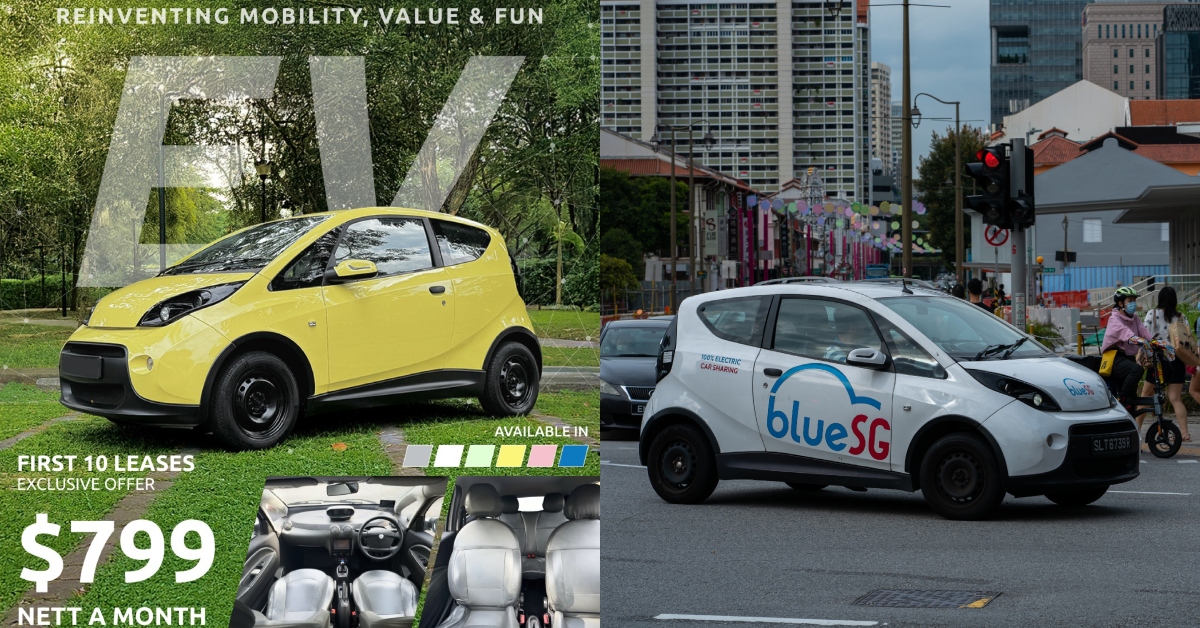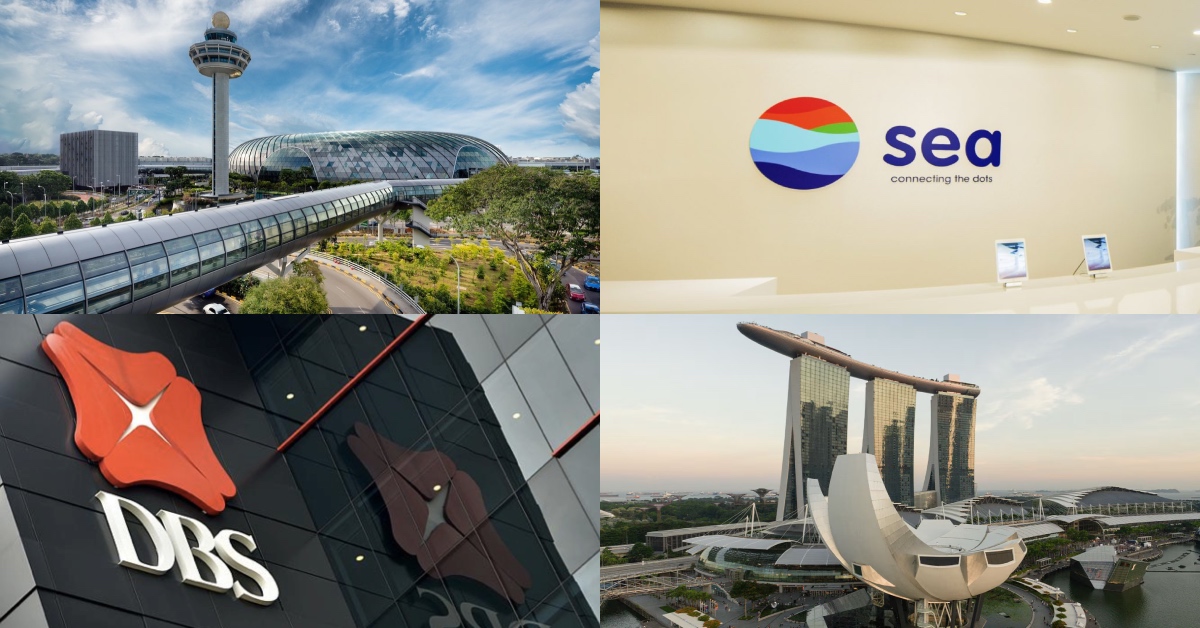Why the metaverse offers a chance for digital design redemption
Thoughtfully crafted, socially responsible design will be more important than in any previous iteration of the internet

The ways in which Web2 has failed our culture, from mainstreaming conspiracy theories to preying on the self-esteem of young people to eroding U.S. democracy, have been well documented. Less discussed are the ways that Web 2 failed at basic design—or maybe it was designers that failed Web2.
Either way, it is not far-fetched to suggest that better application of good design and UX principles could have eased the cultural damage wrought by the social media and UGC sites that define Web2. What if the YouTube experience, for example, were less driven by algorithms that plunge viewers deeper into rabbit holes of outrage and instead guided by simple design features that encourage patience and empathy? Unfortunately, when these sites emerged in the early 2000s, they brought with them a programming-first mindset that relegated design to an afterthought—a fact evident to anyone who’s spent too much of the past decade scrolling the nearly identical feeds of Twitter, Facebook, TikTok or Instagram.
And now, along comes the metaverse.
To society in general, the metaverse represents a chance to finally construct a digital environment that is inclusive, decentralized and pro-social. For designers, the metaverse represents both a shot at redemption and a moral obligation. If we don’t step up this time and make our voices and talents heard, we could be condemning the world to who knows how many more decades of wandering the digital desert—or worse.
RSVP for Ad Age In-Depth: Unlocking the metaverse at AdAge.com/InDepthMetaverse.
A digital world of potential
While the substance of the metaverse is still emerging, its potential is rapidly coming into focus. As an immersive and interconnected digital space that hosts everything from shopping to education to social encounters, the metaverse could help level the playing field for people who have historically been excluded based on health, geography, gender or race. Particularly in a world now dominated by remote work and a seemingly endless pandemic, it’s not hard to imagine the advantages to such a digital environment.
Subscribe to Ad Age now for award-winning news and insight.
But like all digital innovations, the metaverse could just as easily be exploited for nefarious purposes. The metaverse’s potential as a recruitment tool for terrorists, conspiracy theorists and other agents of chaos already has tech pundits sounding the alarm. The potential for true social damage will likely be much greater given the power of the technology.
In the metaverse, thoughtfully crafted, socially responsible design will be more important than in any previous iteration of the internet. The stakes are too high to once again allow these experiences to be driven by developers who, despite having the best intentions, dismiss design as window dressing.
Besides highly considered utility, designers traditionally provide a layer of humanity that will be crucial in the metaverse. We’re tasked with speaking to hearts and souls, not just heads, and we can deliver a thoughtful visual language that creates a depth of feeling that will lead to connection and community.
Classic principles, revolutionary brief
What will it take to be a good designer in the metaverse? The same creative problem-solving we did in 1998 or 1968 applies here. It’s just a much different brief.
For example, in the immersive metaverse digital space, users will depend on cues from the environment when deciding where to go, what to do and–most importantly–how to engage with others. Building those cues requires knowledge of principles such as affordance (showing what possible actions are) and signifiers (providing clues to the operation of things), which may seem foreign to developers but are foundational to design. And building cues that encourage pro-social interaction requires conscience and a strong sense of morality—traits that are increasingly in vogue among designers who have lived through the repeated debacles of Web2.
Consider BMW’s streaming platform Joytopia. This mixed reality 2021 digital event allowed users to navigate three branded empirical worlds built around intuitive wayfinding design and signage. The interaction was primitive and game-like, but it demonstrated the design values, empathy and skill sets required to create these worlds. The organic, positive shapes and colors supported the brand messaging, and the human-centric, light-hearted tone of the guide made everything feel inclusive and engaging. These are the same skills used in traditional commercials and ad copy, just nuanced for these new experiences.
Creativity, aesthetics, empathy, experimentation, imagination, enchantment, delight and a grounded foundation in design history will go a long way in the metaverse. But maybe the greatest skillset for a designer—besides talent—will be an open mind and a strong desire to play nicely with others (and see others do the same). The metaverse will be built by collaboration on a scale never seen before. Designers have the opportunity to make it a beautiful, creatively considered experience.
I believe the best creatives in the world are medium-agnostic. Great cinematographers can use film or digital and still leave their unique fingerprints. It’s about the kernel, the idea, the vision. Yes, you’ll need to be versed in the latest collaborative authoring tools. Advanced rendering engines will be required to create good metaverse experiences; these will likely come from the gaming and film CGI and VFX. For now, we should all be familiarizing ourselves with Unreal and Unity, which power immersive games such as Fortnight.
But creativity and the principles of good design don’t change. Only the medium does. We need to stand up and insist on a seat at the table, digital or otherwise.
Don’t miss the latest news. Sign up for Ad Age newsletters here.

 Troov
Troov 
































